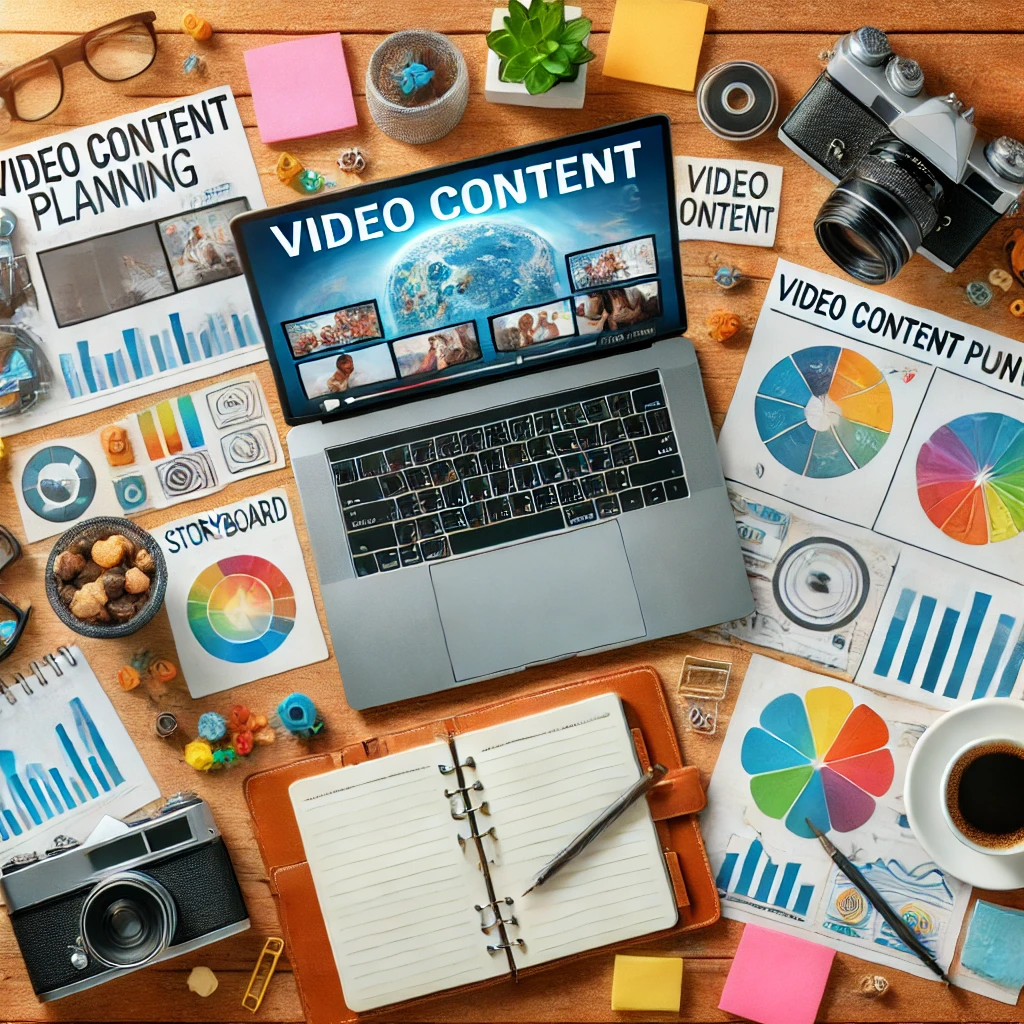Mastering Video Content Planning: A Step-by-Step Guide
Creating engaging video content requires careful planning and organization. This step-by-step guide will help you master the art of video content planning, ensuring your videos are well-structured and resonate with your audience.
1. Define Your Objectives
Start by clearly defining the objectives of your video content. What do you want to achieve? Whether it’s increasing brand awareness, educating your audience, or driving sales, having a clear goal will guide your planning process and help measure success.
2. Understand Your Audience
Knowing your audience is crucial for creating content that resonates. Research your target demographic’s interests, preferences, and pain points. Use this information to tailor your content to meet their needs and expectations. Create detailed audience personas to visualize your ideal viewers.
3. Brainstorm Ideas
Once you have a clear understanding of your objectives and audience, it’s time to brainstorm content ideas. Think about the topics and themes that will engage your audience and align with your brand message. Consider different formats such as how-to videos, interviews, testimonials, and behind-the-scenes footage.
4. Create a Content Calendar
A content calendar is an essential tool for organizing your video content. Plan your video releases around key dates, events, and campaigns. This will help you maintain consistency and ensure your content is timely and relevant. Include details like video titles, descriptions, and publishing dates.
5. Develop a Script
A well-written script is the backbone of any successful video. Start with an outline, then flesh out the details. Ensure your script includes a clear introduction, engaging content, and a strong call to action. Keep your language simple and conversational to maintain viewer interest.
6. Plan Your Visuals
Visual elements play a crucial role in keeping your audience engaged. Plan your visuals by creating storyboards that outline each scene. Consider the camera angles, lighting, and props you will use. A well-thought-out visual plan will make your filming process smoother and more efficient.
7. Gather Your Equipment
Ensure you have all the necessary equipment for filming. This includes a good quality camera, microphone, lighting, and any additional accessories like tripods or gimbals. Test your equipment beforehand to avoid technical issues during filming.
8. Schedule Filming and Editing
Organize your filming schedule to ensure you have enough time to capture all necessary footage. Allocate time for setting up, rehearsals, and multiple takes if needed. After filming, schedule your editing process, allowing time for reviewing and refining your video to ensure it meets your quality standards.
9. Optimize for SEO
SEO is vital for increasing the visibility of your video content. Use relevant keywords in your video titles, descriptions, and tags. Create compelling thumbnails and include closed captions to improve accessibility. Promote your videos on social media and other platforms to drive traffic and boost rankings.
10. Analyze Performance and Iterate
After publishing your videos, analyze their performance using analytics tools. Track metrics such as views, engagement, and conversion rates. Use this data to understand what works and what doesn’t, and refine your content strategy accordingly. Continuous improvement is key to long-term success.
By following these steps, you can create well-planned and engaging video content that resonates with your audience and achieves your objectives. Remember, consistency and creativity are crucial to maintaining viewer interest and building a loyal audience.
